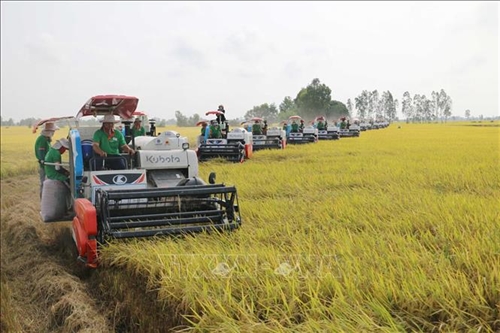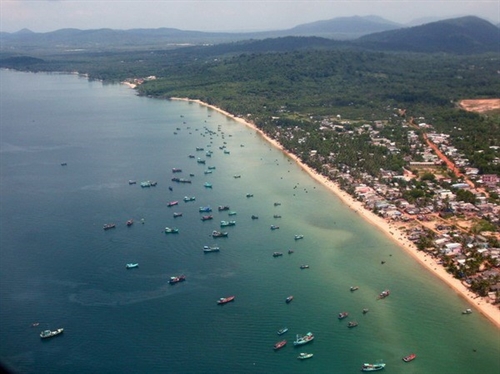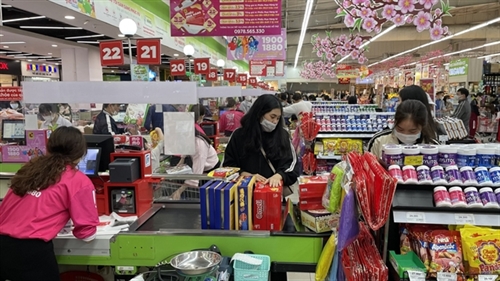By 2030, about 25 percent of exported rice is expected to bear the brand name of Vietnam rice.
It is targeted in Decision No. 583 signed by Deputy Prime Minister Le Minh Khai on May 26, aiming to develop and diversify rice export markets with a reasonable, stable, and effective scale, market and product structure.
 |
| Collection of rice for exports in Thoai Son district, An Giang province__Photo: VNA |
Under the strategy, Vietnam will consolidate traditional and key export markets and develop new and potential ones, and those with which it has signed free trade agreements. The country also targets increasing the market share of Vietnamese rice in markets, especially in developed countries.
Vietnam will also associate the export markets with domestic production according to value chains, ensure the quality and safety of exported rice, increasing the presence of Vietnamese rice and products processed from rice in direct distribution channels in markets.
The country also eyes the export of high-quality rice and rice-based products, increase their values, ensure sustainable exports, and affirm the prestige and brand of Vietnamese rice.
Specific goals are increasing added value, improving the value of exported rice, and reducing export volume by 2030 to about 4 million tons with a turnover of about USD 2.62 billion. The average export growth rate will decrease by about 2.4 percent in 2023-25 and 3.6 percent in 2026-30.
Between 2023 and 2025, the proportion of low- and medium-grade white rice will not exceed 15 percent; high-grade white rice will account for about 20 percent; fragrant rice, japonica rice and specialty rice 40 percent; sticky rice 20 percent; rice products with high added value such as nutritious rice, parboiled rice, organic rice, rice flour, rice-processed products, rice bran and some other rice by-products 5 percent; and rice with brand names 20 percent.
The respective figures for 2026-30 are 10 percent, 15 percent, 45 percent, 20 percent, 10 percent and 40 percent.
By 2025, the Asian market will account for about 60 percent of the country’s total rice export turnover, Africa 22 percent, the Middle East 4 percent, Europe 3 percent, America 7 percent, and the Oceania 4 percent.
The respective figures for 2030 are 55 percent, 23 percent, 5 percent, 5 percent, 8 percent, and 4 percent.- (VLLF)









